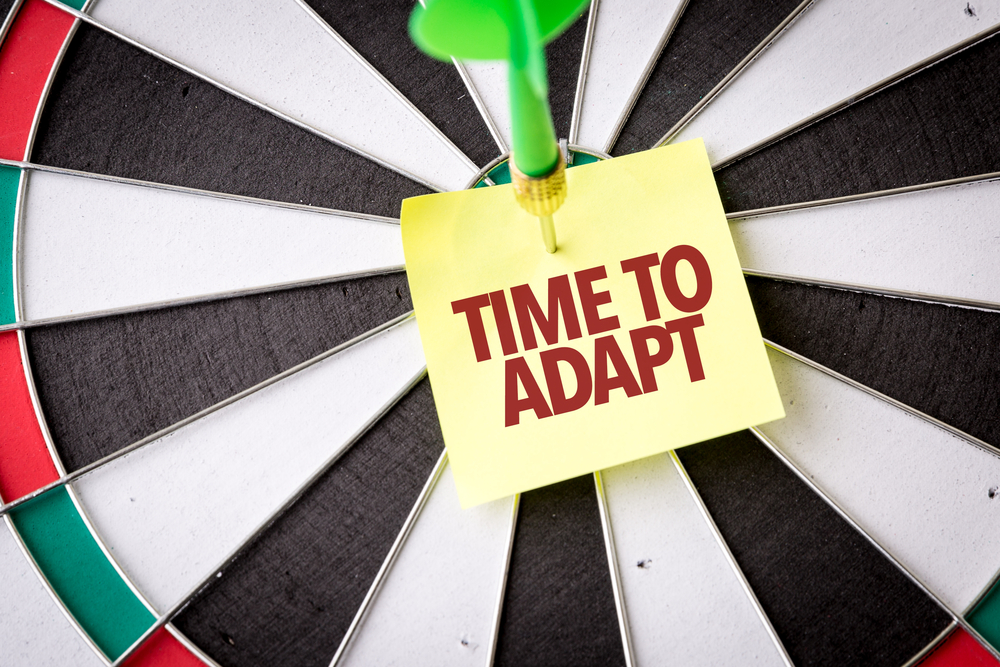Agility, flexibility, and adaptability to different situations is essential for success as a startup CEO.
I absolutely love Ben Horowitz’s blog and his book, The Hard Things About Hard Things. I also greatly appreciate his thoughtfulness and insight as it relates to the advancement of the startup community and entrepreneurship in general.
In one of his most famous blog posts, Peacetime CEO/Wartime CEO, he discusses the transition at Google from Eric Schmidt to Larry Page as a transition of the company from Peacetime to Wartime CEO. Although it is a clever description with a wonderful analogy to a famous scene from The Godfather movie, I think that all startup CEOs, and most CEOs in general, need to manage through ‘wartime and peacetime’. Boards do not have the luxury of constantly changing CEOs, often with catastrophic results, based on changing circumstances.
Managing through benign and hostile environments
To use an analogy from biology, growing a business or a company has its time of both benign and hostile environments. Most of the hostility occurs in a successful startup when competition ‘wakes-up’ to the fact that you are disrupting the status quo, and they now need to find a way to kill you. Unless a board is willing to replace a CEO under every changing situation and circumstance, the CEO needs to adapt to this changing environment.
Back to the Godfather analogy, the actual situation was Michael Corleone, the Godfather (the CEO) replacing Tom Hagen, the Consigliere (his top advisor), due to the change in circumstances that were imminent based on some strategic decisions being made (killing the heads of several other crime families). Boards that support the CEO and help him or her navigate though crisis, while helping them to identify other key resources and team members to assist the CEO, usually have better results than a company that is constantly changing leaders.
Building houses versus extinguishing the flames of a burning house
Great CEOs need to have agility in their leadership style. If you are building houses, you can be more hands off, and delegate, nurture, and allow people to learn from experience without the risk of tanking the company. In a crisis situation, just like with a burning house, you need to become much more focused, directive, and urgent in your decision process and management. I like to call this situational management.
Hostile environments other than increased competition
In addition to the advancement of competition, there are several other hostile environments that occur in the marketplace and the boardroom, including loss of a major customer, a catastrophic event at a key supplier, personal crisis of a top executive, a major economic downturn, allegations of misconduct, or a public relations disaster that damages the company’s reputation.
In some cases, these events may require a change in the CEO, but that is not always possible or even the best alternative. Frequently, a change in the CEO during a time of crisis results in the company being worse-off. The firing of Steve Jobs at Apple is one notable example.
Being agile and flexible as a leader under different situations
Most leaders have a dominant management style. The frequent example I’ve seen in Silicon Valley is the benevolent, or sometimes not so benevolent, dictator style. They are very directive, and this is awesome in a situation where there is crisis. Not so much so otherwise. This dictatorial style will have many more challenges over the coming years with the transition to a more millennial workforce.
The flip-side is the nurturing builder. This is great when you are building houses, but a catastrophe when the house is burning. Employees won’t be loyal to this person during crisis since he or she will appear weak, indecisive and lacking a clear bias toward action.
If you have a bias toward a more directive management style, they you’ll need to learn to be more hands-off if the situation does not warrant the directive style. If you are more of a builder, you will need to learn to manage in crisis, and have key lieutenants help you.
The model of Andy Grove as an ultimate tech CEO
Although Mr. Horowitz describes Andy Grove, the longtime CEO of Intel, as the ultimate Wartime CEO, I think that Dr. Grove had the qualities, management style, and leadership abilities that were effective in so-called wartime and peacetime situations.
Yes, Dr. Grove is the author of Only the Paranoid Survive, a tough Hungarian immigrant, and was a very tough taskmaster and manager. However, it was also under his watch that some of the most long-term strategic things were done at Intel including: the Intel Inside campaign, the massive growth of Intel capital, the decision to selectively outsource manufacturing, and the entry into dozens of new markets.
Great CEOs, especially in the hectic and very dynamic environment of a startup, need to effectively manage and lead though growth and through chaos and setbacks. Adjust, adjust, adjust.
This is Patrick Henry, the CEO of QuestFusion, with The Real Deal…What Matters.
This article originally appeared in Inc Magazine.
